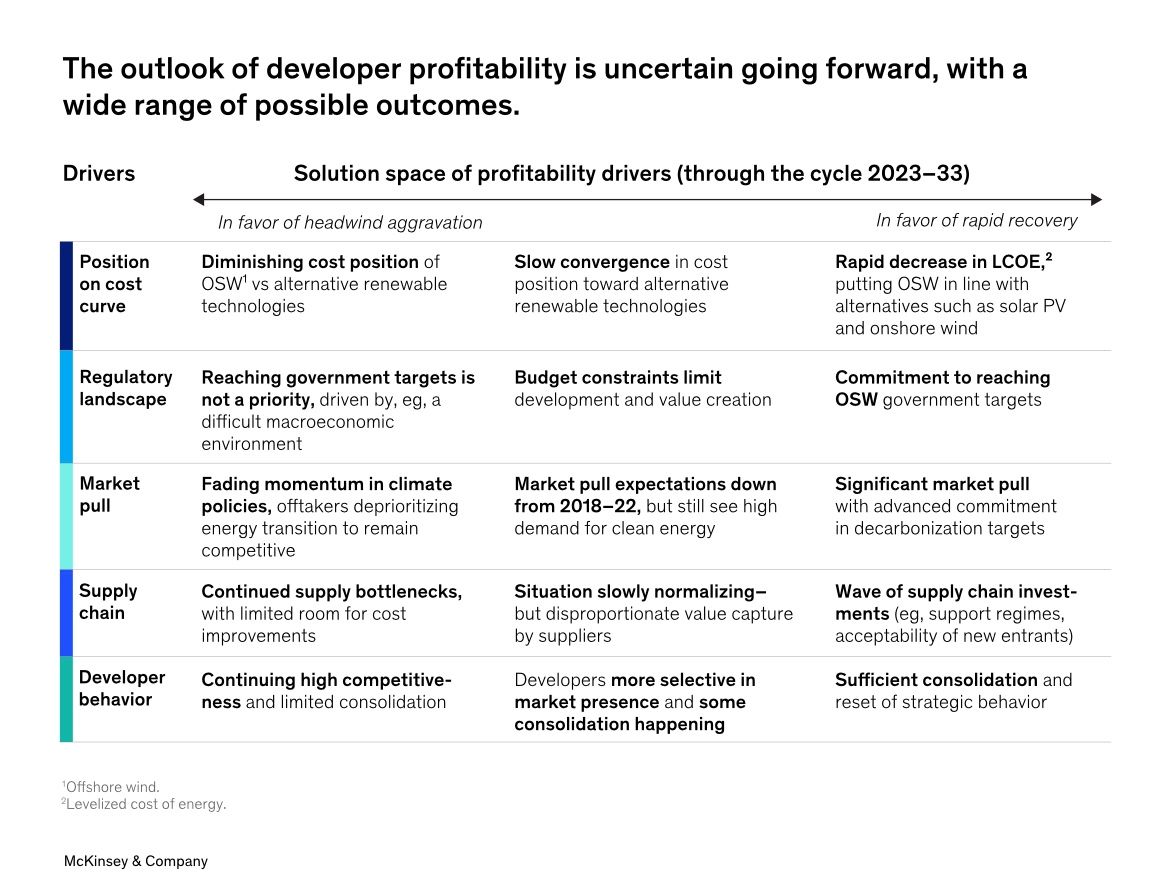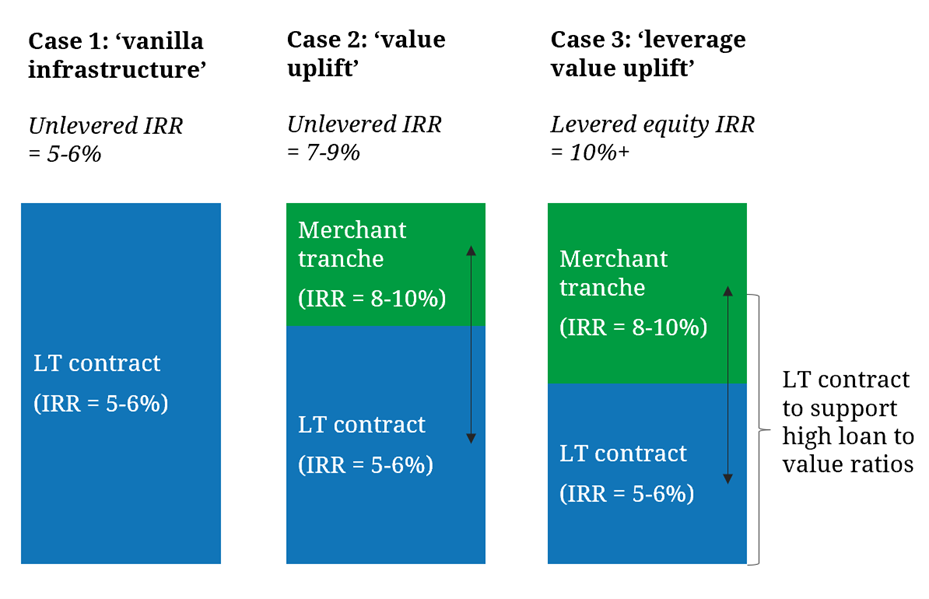The Count Of Monte Cristo: A Critical Review For Modern Readers

Table of Contents
A Timeless Tale of Revenge and Justice
The Enduring Appeal of Revenge Narratives
Revenge narratives hold a universal appeal, tapping into primal human emotions. The Count of Monte Cristo masterfully exploits this, offering a thrilling exploration of vengeance, justice, and the psychological toll they exact. The story's enduring popularity stems from:
- The psychological exploration of revenge: The novel delves into Edmond Dantès's internal struggles, showing the corrosive nature of revenge and its potential to consume even the most righteous souls. We see his transformation from an innocent, hopeful young man to a calculating, albeit justified, master of manipulation.
- Moral ambiguities: Dumas doesn’t shy away from presenting moral complexities. While we sympathize with Edmond's plight, his methods are often brutal and unforgiving, blurring the lines between justice and vengeance. The reader is left to contemplate the ethical implications of his actions.
- Cathartic effect: The detailed and meticulous nature of Edmond's revenge provides a sense of catharsis for both the character and the reader. Seeing the perpetrators of his wrongful imprisonment brought low offers a vicarious satisfaction, a potent emotional hook that resonates across time.
The Complexity of Edmond Dantès's Character
Edmond Dantès is a complex and compelling protagonist. His journey from wrongly imprisoned sailor to the wealthy and influential Count of Monte Cristo is a fascinating study in transformation.
- Motivations: Driven by a thirst for justice and a burning desire to punish those who wronged him, Edmond's actions are largely motivated by a deep-seated sense of betrayal and the desire for retribution.
- Methods: His methods, however, often involve manipulation, deception, and even cruelty. He plays a dangerous game, becoming as ruthless as his enemies.
- Hero or Anti-hero?: This ambiguity makes him a fascinating character. Is he a hero seeking justice, or an anti-hero consumed by his own thirst for revenge? The answer, like much in the novel, is nuanced and open to interpretation. For example, the quote, "I have sworn vengeance upon them, and I will have it," highlights his unwavering commitment yet also reveals the dark side of his pursuit.
A Swashbuckling Adventure with Romantic Undertones
The Exotic Settings and Thrilling Adventures
The Count of Monte Cristo isn't just a revenge story; it's a thrilling adventure set against the backdrop of exotic locations. The vibrant descriptions of France, Italy, and the Mediterranean Sea add depth and excitement to the narrative.
- Key adventure scenes: From Edmond's daring escape from the Chateau d'If to his thrilling encounters across the Mediterranean, the novel is filled with moments of suspense and action that keep the reader engaged.
- Location as a character: The settings aren't mere backdrops; they shape the characters' destinies, influencing their actions and shaping their identities. The island prison becomes a crucible, forging Edmond's new persona, while Paris and its opulent society form a stage for his elaborate schemes.
Love, Loss, and Betrayal
The romantic elements of The Count of Monte Cristo add another layer of complexity. Edmond's love for Mercédès is a central theme, illustrating the devastating effects of betrayal and lost innocence.
- Edmond and Mercédès: Their relationship is complex and fraught with misunderstandings. The pain of their separation drives much of Edmond’s actions, demonstrating the lingering impact of heartbreak and the devastating effects of lies and deception.
- Other female characters: Haydée, Valentine, and Eugénie de Danglars each contribute to the romantic tapestry of the novel, showcasing different facets of love, loyalty, and betrayal.
- Impact of love and loss: The themes of love and loss act as powerful catalysts, shaping Edmond's transformation and driving the narrative forward. His capacity for love underscores the profound damage inflicted by his betrayal, and his continued yearning for connection adds a layer of human fragility to his quest for revenge.
Criticisms and Limitations of The Count of Monte Cristo
Length and Pacing
The Count of Monte Cristo is a lengthy novel, and its considerable length can present challenges for modern readers accustomed to faster-paced narratives.
- Abundance of characters and subplots: The sheer number of characters and intertwined subplots can sometimes feel overwhelming, potentially leading to a sense of diffusion and slowing the overall pace.
- Improving engagement for modern readers: Breaking the novel into smaller, more digestible segments, or focusing on specific character arcs might enhance its appeal for today's readers accustomed to shorter attention spans.
Stereotypical Characters and Representation
While a product of its time, The Count of Monte Cristo reflects certain societal biases and stereotypes prevalent in 19th-century France.
- Outdated social and cultural views: Some characters are portrayed in a stereotypical manner, reflecting the limitations of representation during the period of the novel's writing. Certain character depictions might seem problematic to a modern audience more sensitive to diverse and nuanced portrayals.
- Impact on modern readers: These aspects of the novel should be acknowledged and contextualized when appreciating the work, recognizing its historical perspective while simultaneously acknowledging its limitations in contemporary social and cultural contexts.
Conclusion
The Count of Monte Cristo remains a compelling read, a thrilling tale of revenge, adventure, and romance. Alexandre Dumas masterfully crafts a complex narrative populated with memorable characters, set against a vibrant backdrop of 19th-century Europe. While its length and some stereotypical representations may present challenges for modern readers, the novel’s exploration of revenge, justice, and the human condition ensures its continued relevance. The strengths of its intricate plot, unforgettable characters, and enduring themes ultimately outweigh its weaknesses. We encourage you to experience the world of The Count of Monte Cristo, whether by reading the novel, watching a film adaptation, or delving deeper into its rich literary history. Discover The Count of Monte Cristo – it’s a classic for a reason.

Featured Posts
-
 Ajagba Bakole A Heavyweight Battle Brewing
May 04, 2025
Ajagba Bakole A Heavyweight Battle Brewing
May 04, 2025 -
 Is The Offshore Wind Boom Over A Cost Analysis
May 04, 2025
Is The Offshore Wind Boom Over A Cost Analysis
May 04, 2025 -
 Investment Strategies For A 270 M Wh Bess In Belgiums Competitive Energy Market
May 04, 2025
Investment Strategies For A 270 M Wh Bess In Belgiums Competitive Energy Market
May 04, 2025 -
 Jonathan Davino And Sydney Sweeney Breakup Speculation And Recent Sighting
May 04, 2025
Jonathan Davino And Sydney Sweeney Breakup Speculation And Recent Sighting
May 04, 2025 -
 Pimblett Vs Chandler Referee Warning Requested Ahead Of Ufc 314 Bout
May 04, 2025
Pimblett Vs Chandler Referee Warning Requested Ahead Of Ufc 314 Bout
May 04, 2025
Latest Posts
-
 Kentucky Derby 2025 Pace Prediction Key Horses And Their Impact
May 05, 2025
Kentucky Derby 2025 Pace Prediction Key Horses And Their Impact
May 05, 2025 -
 The 2025 Kentucky Derby Pace Scenarios And Their Implications
May 05, 2025
The 2025 Kentucky Derby Pace Scenarios And Their Implications
May 05, 2025 -
 Examining The 2025 Kentucky Derby Anticipating The Winning Pace
May 05, 2025
Examining The 2025 Kentucky Derby Anticipating The Winning Pace
May 05, 2025 -
 Kentucky Derby 2025 Factors Influencing The Race Pace
May 05, 2025
Kentucky Derby 2025 Factors Influencing The Race Pace
May 05, 2025 -
 Colonial Downs Stones Big Announcement The Virginia Derby Is Coming
May 05, 2025
Colonial Downs Stones Big Announcement The Virginia Derby Is Coming
May 05, 2025
